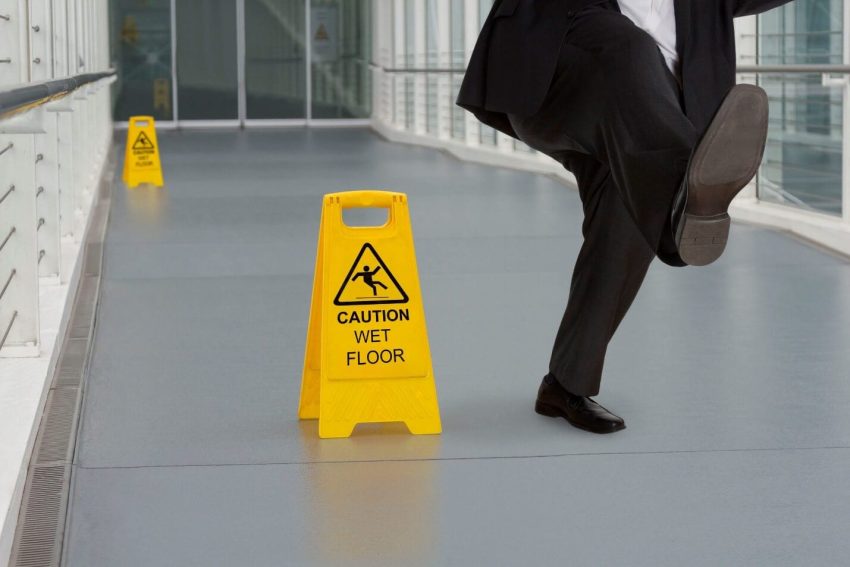Slip and fall accidents are more common than many people realize, and they can result in serious injuries that impact your daily life. In Texas, like in many states, slip and fall cases fall under the broader category of premises liability. Understanding the nuances of Texas slip and fall laws can be crucial if you find yourself in a situation where you’ve been injured due to someone else’s negligence. This guide will help you navigate the complexities of Texas slip and fall laws, from determining liability to pursuing compensation.
What Constitutes a Slip and Fall Accident?
A slip and fall accident occurs when someone slips, trips, or falls on someone else’s property due to unsafe conditions. Common causes include:
- Wet or slippery floors
- Uneven pavement or flooring
- Poor lighting
- Cluttered walkways
- Broken stairs or handrails
To have a viable slip and fall claim, you need to prove that the property owner or occupier was negligent, meaning they failed to maintain a safe environment.
Texas Premises Liability Law
In Texas, slip and fall cases are governed by premises liability laws. These laws dictate how property owners must maintain their premises and address hazards. Generally, Texas law requires property owners to ensure their property is reasonably safe for visitors. The extent of their duty depends on the visitor’s status:
- Invitees: These are individuals invited onto the property for business purposes, like customers in a store. Property owners owe invitees the highest duty of care, meaning they must regularly inspect the property for hazards and take steps to fix or warn about them.
- Licensees: Licensees are individuals who enter the property for their own purposes, like social guests. Property owners must warn licensees of known dangers that aren’t obvious.
- Trespassers: Trespassers enter the property without permission. Property owners have the lowest duty of care to trespassers, but they must not intentionally harm them. In some cases, if a property owner is aware of frequent trespassers, they may need to take reasonable steps to prevent harm.
Proving Negligence in a Slip and Fall Case
To succeed in a slip and fall claim in Texas, you need to demonstrate the following elements:
- Duty of Care: The property owner owed you a duty of care based on your status (invitee, licensee, or trespasser).
- Breach of Duty: The property owner breached that duty by failing to maintain a safe environment or address known hazards.
- Causation: The breach of duty directly caused your injury.
- Damages: You suffered actual damages, such as medical bills, lost wages, or pain and suffering.
Statute of Limitations
In Texas, you have a limited time to file a slip and fall lawsuit. Generally, the statute of limitations for personal injury claims, including slip and fall cases, is two years from the date of the injury. Missing this deadline can bar you from pursuing compensation, so it’s crucial to take legal action promptly.
Comparative Negligence
Texas follows a modified comparative negligence rule. This means that if you are partially at fault for the accident, your compensation may be reduced by your percentage of fault. If you are found to be 51% or more at fault, you cannot recover damages.
